|
It was a great delight to talk with Will Small, from the creative Spiritual Misfits community, about trans-forming and expansive approaches to faith and spirituality, the ethos and work of Pitt St UC, and how we with others might work better together intersectionally for greater love, justice, and healing for all
- and looking forward to more conversations and networking going forward Do check out some of the other Spiritual Misfits podcasts too!
0 Comments
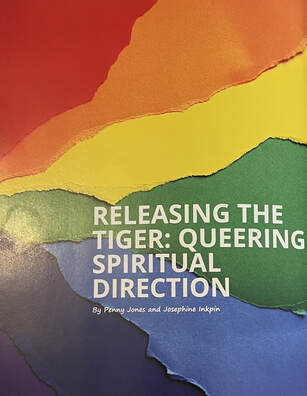 This paper (by the Revd Penny Jones and myself) was originally published in Coolamon, Issue 7 March 2023, the journal of the Australian Network for Spiritual Direction). It can be downloaded here. It explores some ways in which LGBTQ+ people contribute to our changing experience of God and reveal paths of enriching spiritual transformation. For sexual and gender identities have been at the heart of some significant recent features of both spiritual growth and conflict. From the late 1960s,1 lesbian, gay, bisexual, transgender and questioning (LGBTQ) 2, or queer3 people have formed increasingly effective social and political movements, transforming many cultural, legal and philosophical norms across the world. For many, this has also involved deliberate or unconscious spiritual expression. Progress has however been uneven, across time and space, and traditional religious formations and spiritual norms have been particular obstacles. Differing, and sometimes conflicting, conceptions of queer people and their gifts are therefore inevitably present within the spiritual direction space. Deeper exploration of these, and the underlying lived spiritual experience of queer people, is thus vital for the further flourishing of all involved. Indeed, whilst aspects may be challenging for some, the authors of this paper affirm that queer spiritual experience and understanding offers gifts which provide renewing insights for spiritual direction practice as a whole. Without unduly entering into wider controversies over sexuality and gender, this paper therefore suggests some life-giving ways to engage. These include exploring aspects of “queer virtues” identified by queer spiritual theologians and the metaphors of “coming out” and “transition” as embodiments of the paschal mystery and healthy, holy, transformation... As part of both Equal Voices and Pitt Street Uniting Church, it was an immense delight to launch our Queer Faces of Faith photo exhibition - check out the photos and stories online here - at https://www.amplifyqueerfaith.com.au - and/or visit the physical exhibition at Pitt Street Uniting Church in the heart of the city of Sydney from 16 February to 31st March (before it goes on tour!).
The physical exhibition will be accessible during the Sydney World Pride and Mardi Gras festival period 17 February - 5 March (10am-2pm - at least - daily). #AmplifyQueerFaith #QueerFacesOfFaith #QueerAllyFacesOfFaith Why are we here? Why are people of so many diverse faiths involved today in worldwide climate change advocacy and why do we need to sound the alarm? The short answer is - We are United by a common human spirituality - of solidarity, scriptures, and science... (my brief address at the Sound the Alarm Green Faith day of action for climate change, 11 March 2021)... Three things then:
1. We are United by Solidarity - with our planet and its suffering peoples (those closest to the land and seas) * We increasingly make Acknowledgement of Country but are we listening and honouring the spirituality of First Nations people - who speak particularly as voices of the Land and seas themselves? * Let us indeed listen to the voices of our land and seas! * Why are we not listening, for example, to my friend, the Senior Queenslander of the Year, Aunty McRose Elu and Torres Strait Islanders (king tides etc)? * Why are we not responding to our Pacific Island neighbours? * Why we not acting to address the increasing numbers of Environmental Refugees? 2. We are United by Scriptures * The BIble at least is quite clear - indeed the first command in the Bible is to care for Gods Creation * The Book of Deuteronomy is but one further key text - telling us that God, land and people all suffer when one suffers * Jesus also drew his teaching from the Earth - can we not see the seasons? Jesus said * Jesus too called us to wake up, to repent (that is, to turn around and change our behaviours), and to sound the alarm * These themes are echoed in other faith traditions - hence our common stand today 3. We are United by Science * Science is no enemy of good faith but rather faith and science are essential partners * Climate change is such established scientific fact, just like Covid-19 - and like that virus we need to act effectively (as Australians, including our Governments, have shown we can do with Covid-19) * Let us take but one recent report - where 19 out of 20 Australian key ecosystems that were examined were found to be collapsing - from coral reefs, through Murray-Darling waterways and arid desert, to our extraordinary rainforests * Have we forgotten the devastating bushfires just before the Covid-19 outbreak?! * We’ve made Gods out of narrow economic growth totems and fossil fuels - so its time for change, as with lead pollution and CFC’s * Research also shows we can best address jobs and futures through climate change action - thus also addressing the manifest inequalities and stresses revealed by Covid-19 * Action benefits us all Solidarity - Scripture - and Science are as one... so let us Sound the Alarm - The time for action is now! I've been reflecting recently on transitions (including the 20th anniversary of our emigration from England in early March), as we traverse our current 'denominational' one - which feels in some ways both like a second emigration and also a deep coming home (on all kinds of levels), as well as other things. As so often, I'm drawn again to one of my great muses, Ursula Le Guin, who so brilliantly explored and celebrated what I might call a 'trans-ing' spirituality - in which binaries are not fixed but intertwine, and in which change and return may be one. These two passages state it so typically passionately and poetically (the first on the lips of Shevek, the central character in 'The Dispossessed' - and the other the blessing, in 'Always Coming Home', given to those who leave their home in the Valley to share with others elsewhere).
Mind you, when I showed this meme to Penny, she also immediately thought the black and white - with the Going Home theme (Mark Knopfler's great Geordie anthem) - was about Newcastle United! That'll work for me too lol... I was thrilled recently to meet with the amazing (Snaggletooth Productions) duo Erin McBean and Holly Zwalf (also, among other things, coordinator of Rainbow Families Queensland). They were interviewing me for the State Library of Queensland's Dangerous Women podcast project, which will highlight six women's stories. I am honoured to be one of these, recognising that for some I am 'dangerous', though I have never sought any such epithet, and I hope that something in my journey may help others in shining creatively. This is certainly the aim of the State Library. As has been shared with me:
'All of our Dangerous Women are compelling, bold, determined and dynamic and we hope that in sharing their stories they will empower listeners to share a deeper understanding of themselves and Queensland. We have selected stories of three women from our heritage collections, and two women with contemporary aspects, yourself included. We have employed the expertise of Snaggletooth Productions, an all female production company to produce and host the podcast'. I hope to share more about the project as a whole as it unfolds. There are three key features however which have emerged for me which have strengthened my views (born of my life experience and my studies of women's history) of how 'dangerous women' who deliberately create positive change, or unwittingly represent positive change, come to flourish... 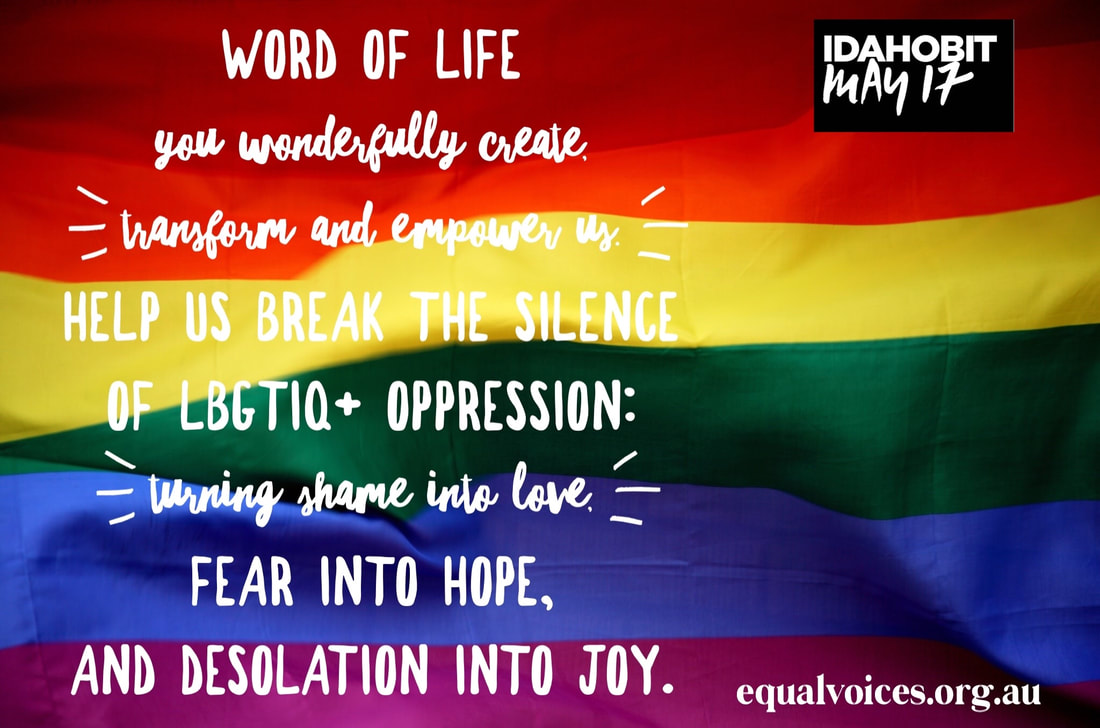 I first formally joined the (UK) Lesbian and Gay Christian Movement in 1990, the year that the World Health Organisation removed homosexuality from the Classification of Diseases and Related Health Problems, and IDAHOBIT - the International Day Against Homophobia, Biphobia, Interphobia & Transphobia - began. May 17 (IDAHOBIT) marks the anniversary of that significant WHO change, and since then considerable advances have been made by LGBTIQ people across the world and in many key sectors of life. The original gay and lesbian focus has also been widened and deepened to acknowledge the rich diversity of human sexuality and gender: IDAHOBIT thus started as IDAHO, without bisexual, intersex and transgender engagement, just as the Lesbian and Gay Christian Movement, to which I still belong, has broadened as One Body One Faith. The need for IDAHOBIT is still nonetheless massively apparent, particularly in many countries of the world. Under the cover of the COVID-19 crisis, some, such as Hungary and Poland, are also moving backwards in respect and affirmation. In countries such as Australia, understanding and support of bisexual, intersex and transgender people still lags behind progress for gay and lesbian people. As the International Day reaches 30 years old however, it is also a time for appropriate celebration of remarkable positive developments in so many places and areas of life. When, and how, however will Churches, and other religious groups grow up to their own mature humanity, 'to the measure of the full stature of Christ' (as Ephesians 4.13 puts it)?... How do we speak, act, and spiritually enact, in contexts where many received spiritual & religious patterns are either redundant or, largely, irrelevant? Partly, I think, it is simply to live/‘be’ in the ‘absence’, but it may also prompt us to some fresh exploratory expression (hello ‘via creativa’ my old friend 🙏😻).
This prayer below is one of a number I’ve written for this particular Holy Week - prompted by the way in which much of received religion is (even more) sidelined by the current crisis. The prayer responds to the current inability of Christians, liturgical tradition-wise, to re-enact the great subversive work of Jesus in washing others feet - though this is so vital in many ‘secular’ activities of health care, welfare and justice at this time. Instead, I offer words and images pointing to a deeper sacramentality - reflected in those current vital works of mercy, but also in the simple act, required of us at present, to wash our own hands attentively. The current crisis may further add to some institutional religious problems but perhaps it can most encourage us to recognise, practice,and nurture a much, much, deeper and richer sacramentality and solidarity, together with necessary silence and solitude/withdrawal. That, for me, is part of what Jesus was about, and what might still be valuable in the Christian ‘Holy Week’. There’s a lot of washing going on right now, and much inner and societal washing needed - maybe, if spiritual and ‘religious’ practice means anything in our day, we can be a little intentional about it? After all, Pilate famously washed his hands too, so how and why we do what we do makes a difference... ❤️🦋 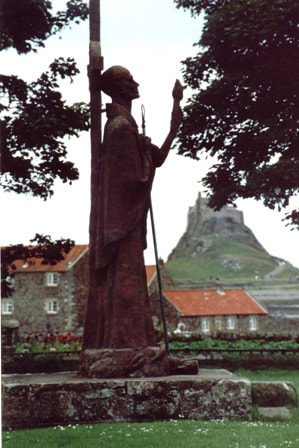 In Monty Python’s Life of Brian, there is a powerful scene where a revolutionary sect asks, “What did the Romans ever do for us?” Recognition slowly dawns that the answer is actually “quite a bit!” When we truthfully explore the origins of the Ecclesia Anglicana we face similar acknowledgement for there are several influential strands which typically sit in paradoxical tension with one another. In our understanding of Anglican history, we do well therefore to be open to ‘both/and’, rather than ‘either/or’ perspectives. This is certainly apposite to the enduring influence of both ‘Roman‘ and ‘Celtic’ forms of early Christianity. Sometimes juxtaposed as two competing elements, each continues to shape the nature and dynamics of Anglican spirituality in distinct, but also complementary, ways. Indeed, recent scholarship even questions the terms ‘Roman’ and ‘Celtic’ (some preferring ‘Insular’ to ‘Celtic’) as a designator. It points out that the various early British and Irish Christian traditions were closely linked, rather than a simple, coherent, entity. Nor were ‘Celtic’ Christians isolated from others, as if in a form of spiritual Brexit (a problem with the alternative designation ‘Insular’). For, as Patrick Wormald put it: “One of the common misconceptions is that there was a Roman Church to which the Celtic Church was nationally opposed” in some rigid sense. Nonetheless, if we are generally wise to use inverted commas, historically they reflect enduring creative tensions between the local and universal, between Christ and culture, and between different emphases in mission, prayer and order. Appreciating this rich mosaic more fully enables greater depth in our vocation and spiritual life today.. 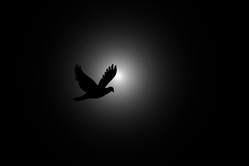 Isn't it amazing how, even though we may not knowingly prepared for it, we can often enter a space set aside for intentional spiritual growth and be caught up, affirmed and transformed by it? This was again my experience this week as I put the finishing touches to a new website I am creating - which will share something of the growing spiritual resources and reflections being produced by transgender Christians across the world, together with others of my own. Focused on thoughts of this, I made my way to the beautiful Chapel of the Holy Spirit here on our college site. What I encountered brought fresh joy to my soul, placing in greater profile and context the purpose of that work. For it was a powerful reminder to me, as a transgender person, not only that, in the words of Psalm 139, I am 'fearfully and wonderfully made', but that all of us, whoever and whatever we are, exist in a mystery which is both far beyond our understanding (certainly more than straightforward binary ideas of good and evil, male and female) and yet also closer to us than the identities we have or for which we struggle. Such is the gift of loving spiritual intention, in people, place and prayer... |
AuthorJo Inkpin is an Anglican priest serving as Minister of Pitt St Uniting Church in Sydney, a trans woman, theologian & justice activist. These are some of my reflections on life, spirit, and the search for peace, justice & sustainable creation. Archives
July 2024
Categories
All
|


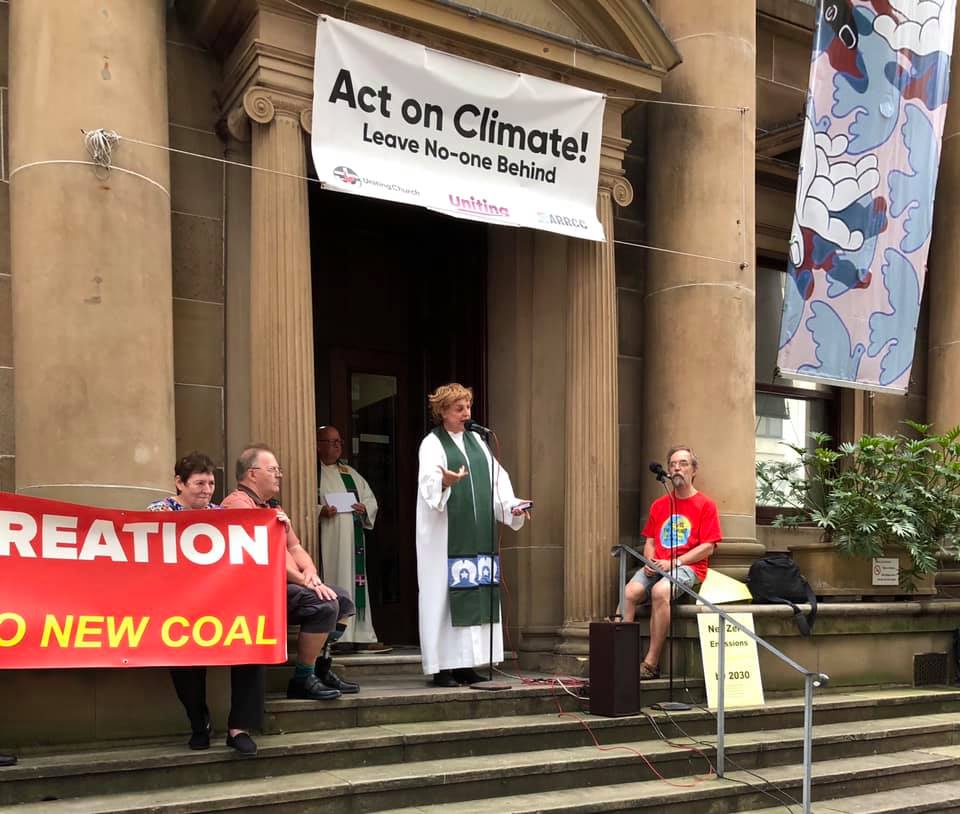
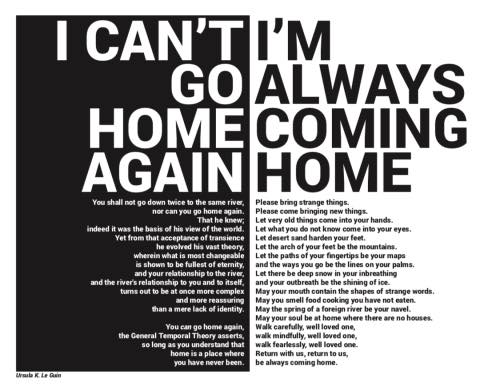
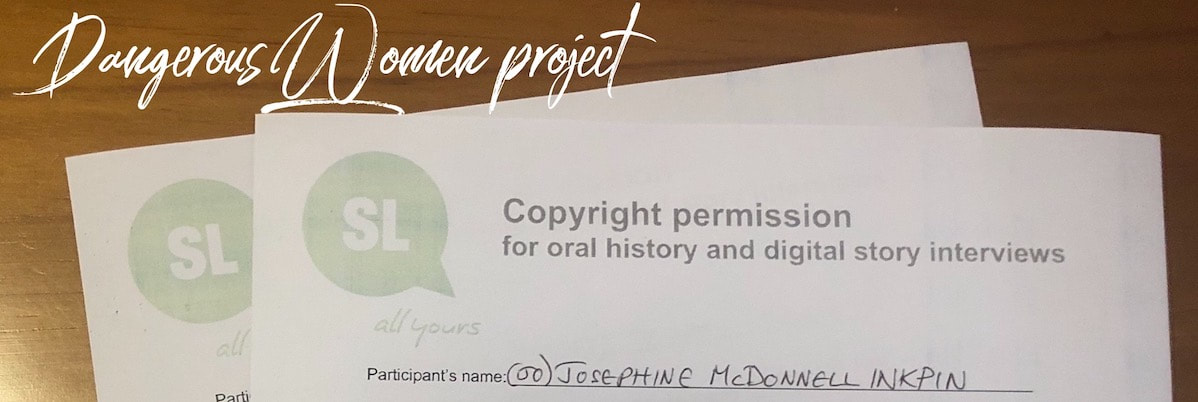
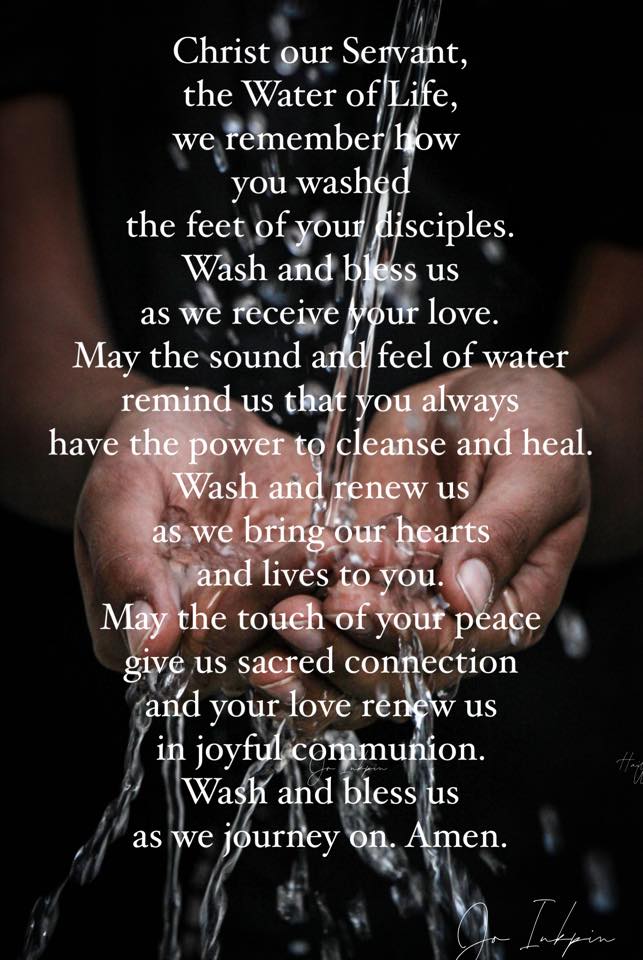
 RSS Feed
RSS Feed